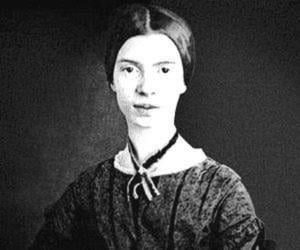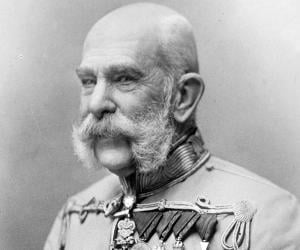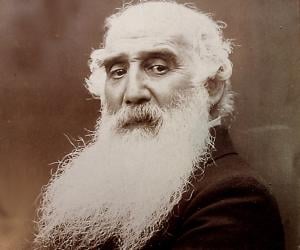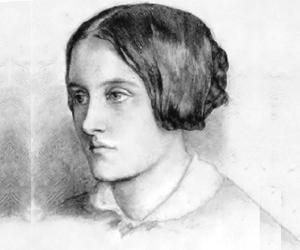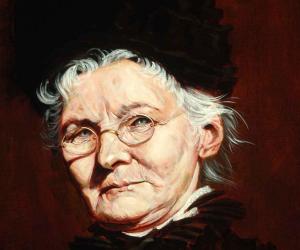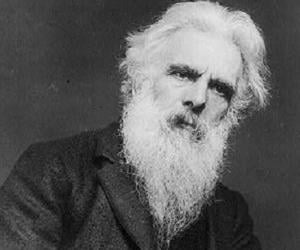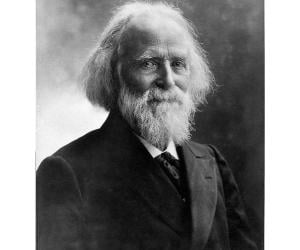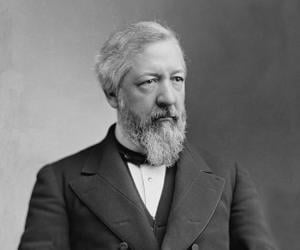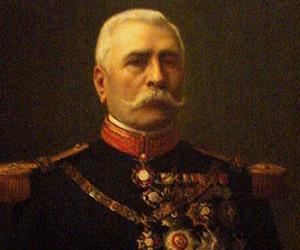Franz Joseph I of Austria reigned as the Emperor of Austria from 1848 until his death in 1916. He also served as the King of Hungary, Bohemia, and Croatia and monarch of other states of Austria-Hungary. During his reign, Austria-Hungary decided to wage war against the Kingdom of Serbia, which eventually resulted in the First World War.
Camille Pissarro was a Danish-French painter best remembered for his contributions to Impressionism, Neo-Impressionism, and Post-Impressionism. He is credited with establishing a group of 15 aspiring artists, for which he served as a pivotal figure. He was regarded as a father figure to several important painters, including Vincent Willem van Gogh.
After losing her husband and children in a yellow fever epidemic and her dress shop in the great Chicago fire, schoolteacher and dressmaker Mary Harris Jones became an activist, earning the nickname Mother Jones. A prominent unionist for coal miners and other workers, she also co-founded the Social Democratic Party.
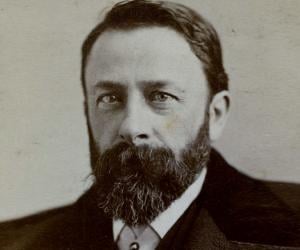
Landscape painter Albert Bierstadt immortalized the natural attractions of the American West, such as the Rocky Mountains, in his works. One of the finest painters of the Hudson River school, he specialized in paintings that showcased bright lighting, or luminism, and created over 500 paintings throughout his career.
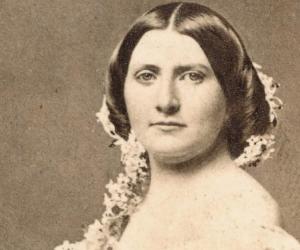
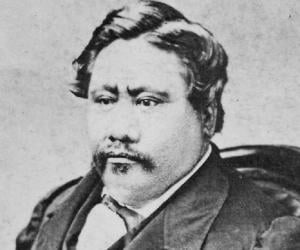
Eadweard Muybridge was an English photographer best remembered for his contribution to photographic studies of motion. Muybridge achieved international prominence when he exhibited photographs of Yosemite Valley in 1868. He is said to have inspired several artists and inventors like Sol LeWitt, Thomas Eakins, William Dickson, and Francis Bacon.
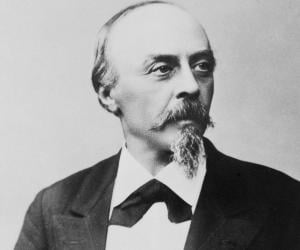
German composer and conductor Hans von Bülow was one of the greatest musical figures of the Romantic era. Known for his work with composers such as Richard Wagner, he eventually lost his wife, Cosima, to him. In his final years, his failing health made him retire to Cairo, where he eventually died.
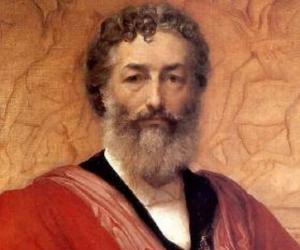
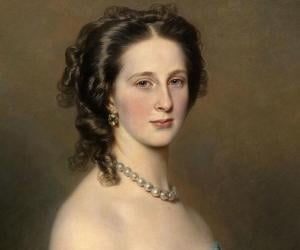
Princess Alexandra of Saxe-Altenburg was the daughter of Duchess Amelia of Württemberg and Joseph, Duke of Saxe-Altenburg. A high-spirited and conservative personality, Alexandra had an interest in music. Unlike most royal members, Princess Alexandra had a difficult personal life and is credited with bringing up her children almost single-handedly.
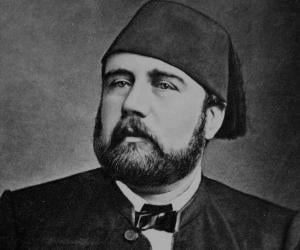
Isma'il Pasha, also called Ismail the Magnificent, was the Khedive of Egypt and Sudan. He remained instrumental in modernizing Egypt and Sudan and invested considerably in economic and industrial development and urbanization. His administrative policies, particularly those that led to accumulation of huge foreign debt, paved way for his toppling from power and eventually the British occupation of Egypt.
Elisee Reclus was a renowned French geographer, writer, and anarchist best known for his 19-volume masterwork, La Nouvelle Géographie universelle, la terre et les hommes ("Universal Geography"). He received the Gold Medal of the Paris Geographical Society for this work in 1892. He opposed cruelty to animals and advocated nature conservation. He was also a proponent of naturism.
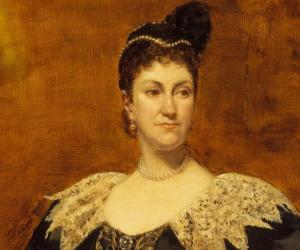
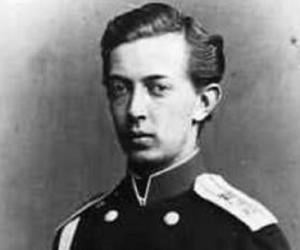
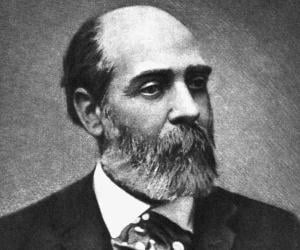
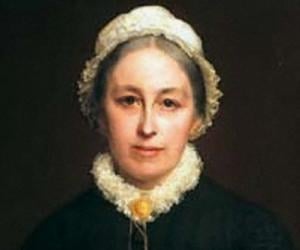
Emily Davies was an English suffragist and feminist. One of the first campaigners for women's rights to university education, Davies is best remembered for co-founding Girton College, the first university in England to educate women. Emily Davies is also credited with playing an important role in the establishment of Newnham College in 1875.
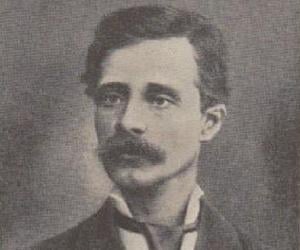
Macedonian-Bulgarian writer, teacher and translator Grigor Parlichev is best-known for works like O Armatolos and 1762 leto. O Armatolos, written in Greek, won Parlichev 1st prize at Athens University Poetry Competition (1860). He held several academic positions, was an initiator of Bulgarian Men's High School of Thessaloniki, part of the Bulgarian Renaissance and since the late-1860’s wrote only in Bulgarian.
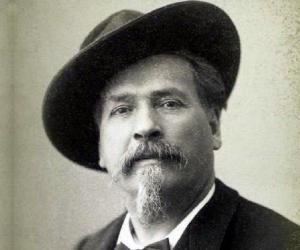
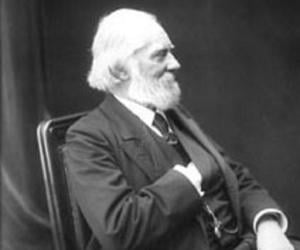
Theodor Leschetizky was a Polish composer, pianist, and professor. A child prodigy, Leschetizky performed a Czerny piano concerto, at age 11, with Franz Xaver Wolfgang Mozart conducting. He had his own students at age 15 and by the time he was 18, Theodor Leschetizky had become a well-known virtuoso. He composed over a 100 characteristic piano pieces during his career.
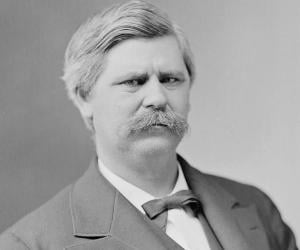
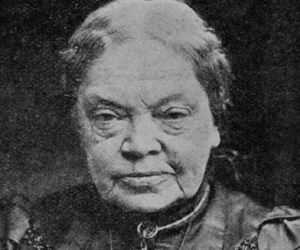
Best known for her psychological novels which depicted the lives of both the affluent and the poor, Marie von Ebner-Eschenbach was the daughter of an Austrian baron. One of the finest German authors ever, she experimented with the bildungsroman and penned works such as The Child of the Parish.
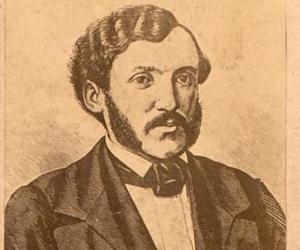
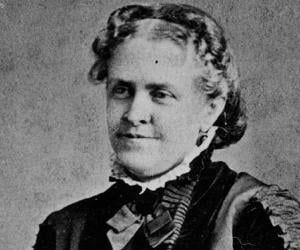
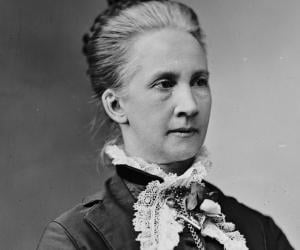
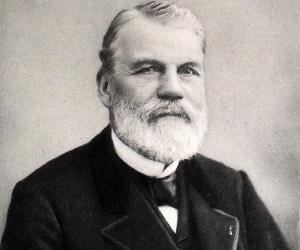
Best remembered for his law on solutions, also known as the Raoult’s law, François-Marie Raoult taught at the University of Grenoble till his final days. His contributions to chemistry earned him recognitions such as the Commandeur de la Légion d'Honneur and the Davy Medal.
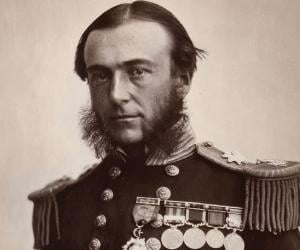
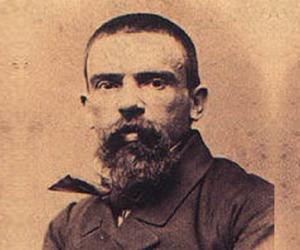
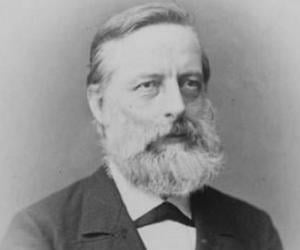
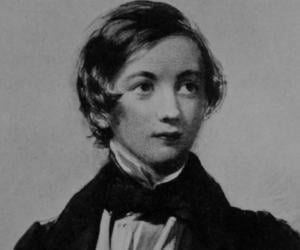
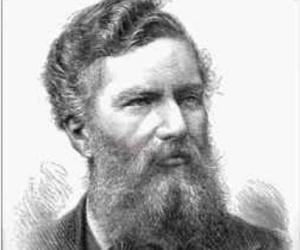
Alfred Waterhouse was a British architect best remembered for his contribution to the Victorian Gothic Revival style of architecture. He is credited with designing iconic buildings like The Natural History Museum and Manchester Town Hall. Apart from earning the praises of the critics, Alfred Waterhouse was also one of the most financially successful Victorian architects of all time.
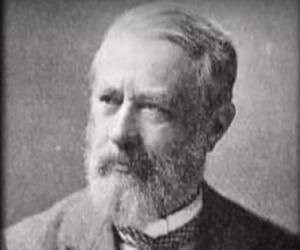
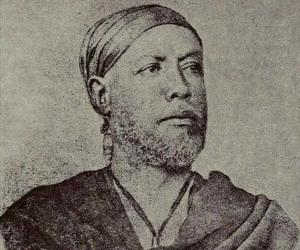
The son of the Sahle Selassie, the king of Shewa, Darge Sahle Selassie was an able general. He later became the governor of Shewa and an advisor to his nephew, Menelik II, or Sahle Maryam, the emperor of Ethiopia. He also often served as a regent in the emperor’s absence.
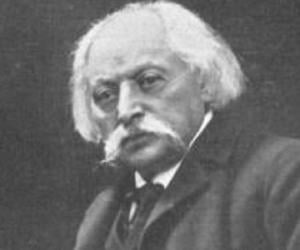
Born to a Jewish cantor in Hungary, Karl Goldmark began his music lessons with the violin but later struggled to fund his music education. His best-known works include the concert overture Sakuntala and the opera The Queen of Sheba. A music critic, too, he also headed the Eintracht Choral Society.
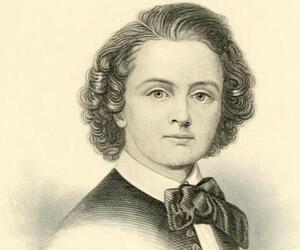
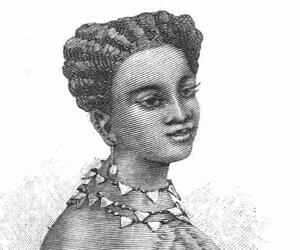
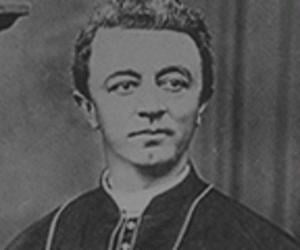
Born to an Irish immigrant father and his African-American slave wife, James Augustine Healy was the first Black Roman Catholic bishop of the U.S. However, he identified as White Irish, owing to his mixed race. Although he voiced his support for Native Americans, he never specifically spoke on African-American issues.
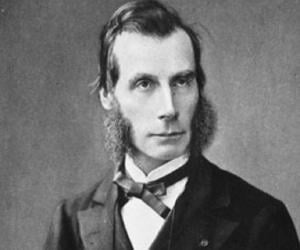
Numa Denis Fustel de Coulanges was a French historian who directed some excavations in Chios and wrote a historical account of the island. He studied at the French School in Athens and proceeded to have a brilliant academic career devoted to teaching and writing. He was elected a member of the Académie des Sciences Morales et Politiques in 1875.
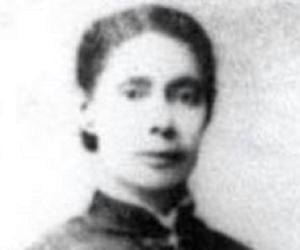
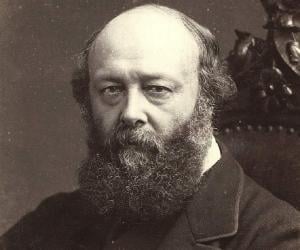
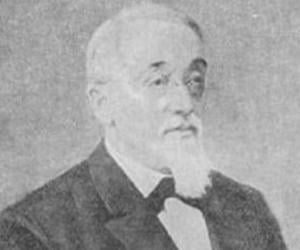
Yrjö Sakari Yrjö-Koskinen was a Finnish historian, senator, professor, and politician. He is best remembered for his service as the chairman of the famous Finnish Party. Yrjö Sakari Yrjö-Koskinen also played an important role in a Finnish nationalist movement called Fennoman movement, which sought a separate identity for the Finnish-speaking population.
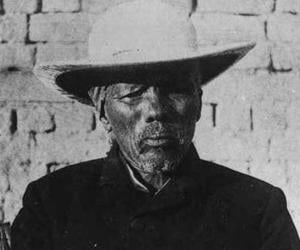
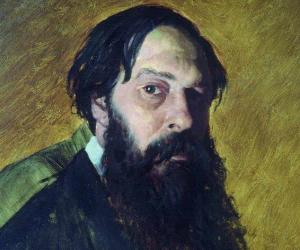
Aleksey Savrasov was a Russian painter best remembered for his landscape paintings. Savrasov played an important role in the creation of the lyrical landscape style. Despite achieving considerable fame and success, Savrasov spent his last few years in poverty. He became addicted to alcohol and usually wandered from shelter to shelter before dying at the age of 67.
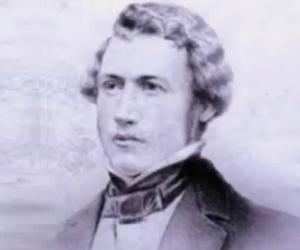
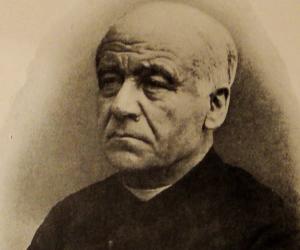
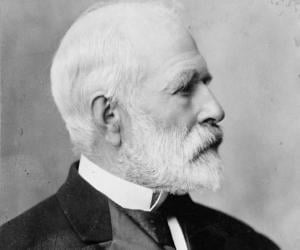

Porfirio Díaz was a Mexican politician and general. He served as president of Mexico for 31 years, which included seven terms between 1876 and 1911. The entire period of his presidency is referred to as the Porfiriato. His life inspired the 1944 Mexican historical film, Porfirio Díaz. Over the years, he has also been depicted in other films like Juarez.
